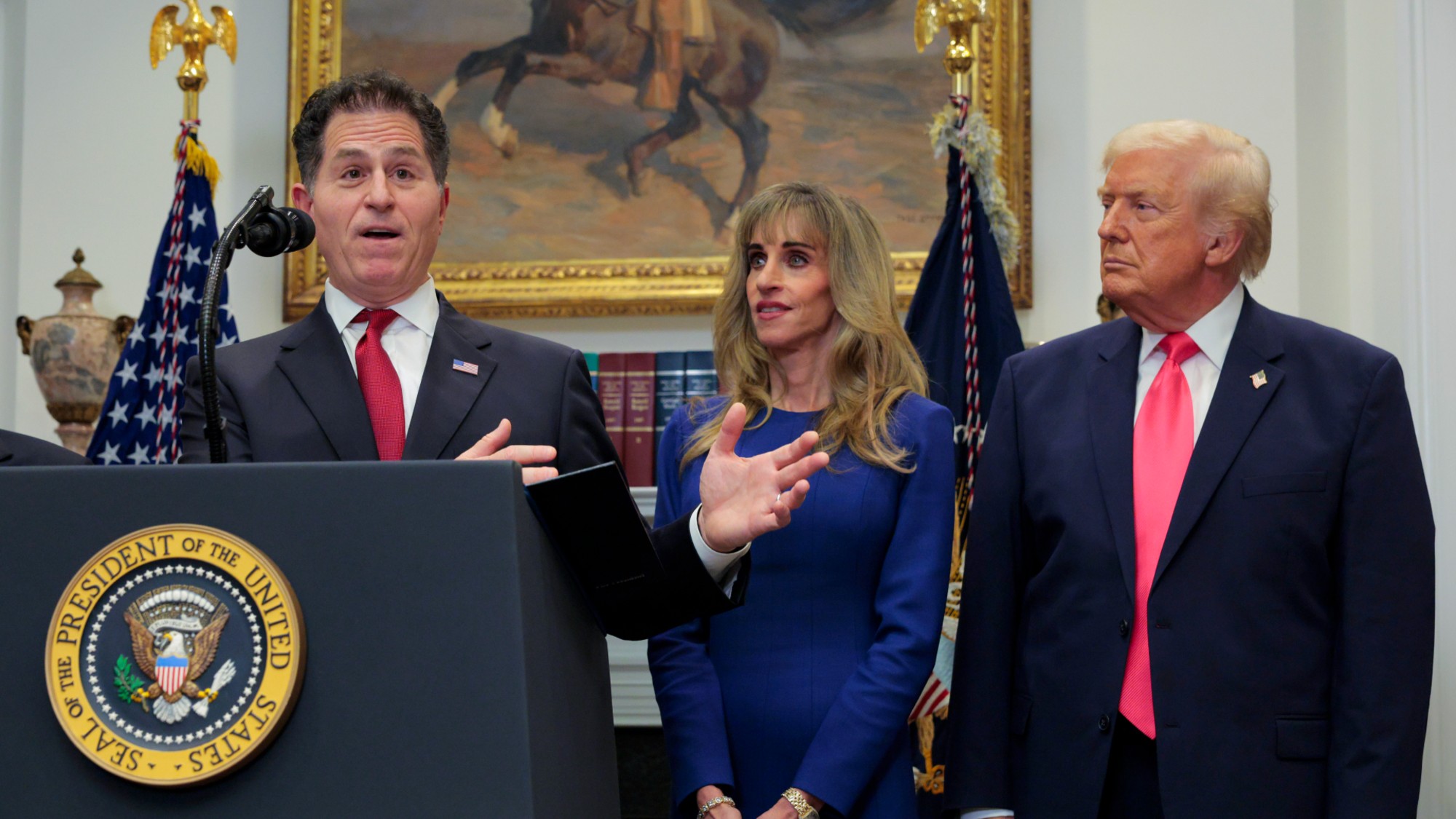The next bailout: the FDIC?
With bank failures on the rise, the deposit safety net is running low on funds
“Here’s a part of the financial crisis that has gotten little attention—the FDIC,” said Jim Mitchell in The Dallas Morning News. Normally, banks pay the FDIC an annual premium, and the FDIC covers the deposits of banks that go “belly up.” Now the FDIC is “hitting up” banks for more dough—one-time payments of, reportedly, up to five times the normal annual premium—because the feds didn’t collect enough cash in “the past few years.”
Try 10 years, said Matthew Yglesias in Think Progress. According to The Boston Globe, the FDIC “collected no insurance premiums from most banks from 1996 to 2006,” because with so few bank failures, “Congress believed” there was no need. Right. If Congress “believed” anything, it was that “they could legislate a giveaway to the banks and nobody would notice or care.”
The FDIC actually halved the premium increases for banks, after the banks “howled” that higher fees would be “draconian” in a downturn, said Paul Kiel in ProPublica. But after catching so many falling banks, the FDIC needs more money from somewhere—so it’s pushing a bill that would let it borrow up to $500 billion from the Treasury. But FDIC Chair Sheila Bair warns not to call it a “bailout”—she calls it a “cushion.”
The Week
Escape your echo chamber. Get the facts behind the news, plus analysis from multiple perspectives.

Sign up for The Week's Free Newsletters
From our morning news briefing to a weekly Good News Newsletter, get the best of The Week delivered directly to your inbox.
From our morning news briefing to a weekly Good News Newsletter, get the best of The Week delivered directly to your inbox.
Everybody calm down, said Campbell Brown in CNN. The FDIC, of all financial institutions, “should not be a source of panic.” Yes, 17 banks have failed this year, but “not a single penny has been lost” by FDIC-insured depositors.
A free daily email with the biggest news stories of the day – and the best features from TheWeek.com
-
 Can Mike Johnson keep his job?
Can Mike Johnson keep his job?Today's Big Question GOP women come after the House leader
-
 A postapocalyptic trip to Sin City, a peek inside Taylor Swift’s “Eras” tour, and an explicit hockey romance in December TV
A postapocalyptic trip to Sin City, a peek inside Taylor Swift’s “Eras” tour, and an explicit hockey romance in December TVthe week recommends This month’s new television releases include ‘Fallout,’ ‘Taylor Swift: The End Of An Era’ and ‘Heated Rivalry’
-
 ‘These accounts clearly are designed as a capitalist alternative’
‘These accounts clearly are designed as a capitalist alternative’Instant Opinion Opinion, comment and editorials of the day